The most beautiful cities in Mexico
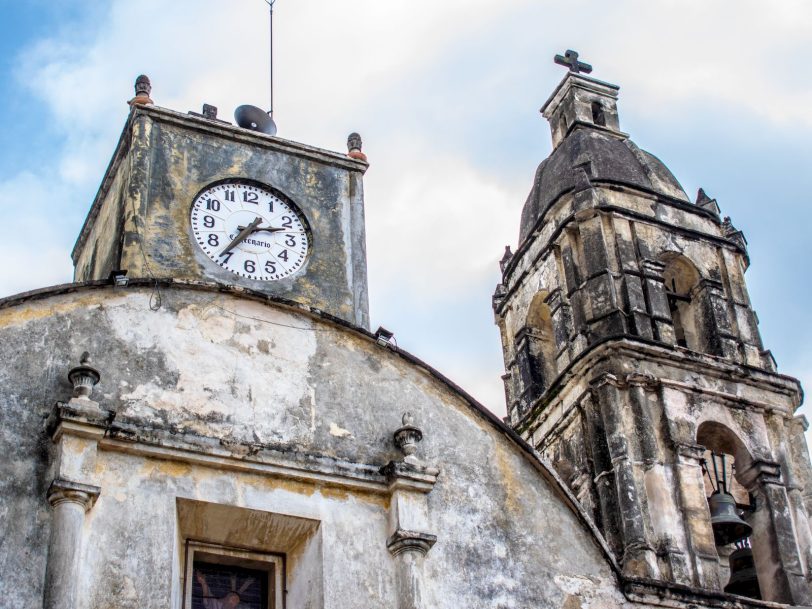
For conserving their architecture, their traditions or their history, 132 Mexican towns carry this badge as a sign of national identity. These ten that we present to you are a good summary of the tourist attractions of this gigantic country.
Cholula

In the state of Puebla and two hours from Mexico City, Cholula is a picturesque magical town full of temples. And it is one of them that gives him his most iconic image, the Sanctuary of Los Remedios, which dominates the landscape with its tile-covered domes from the top of what was once the great pre-Hispanic pyramid of Tlachihualtépetl, and behind it, The popocatepetl vulcan. A few meters from the sanctuary is another architectural symbol of Olula: the Franciscan convent complex of San Gabriel, one of the oldest in America.
Bacalar
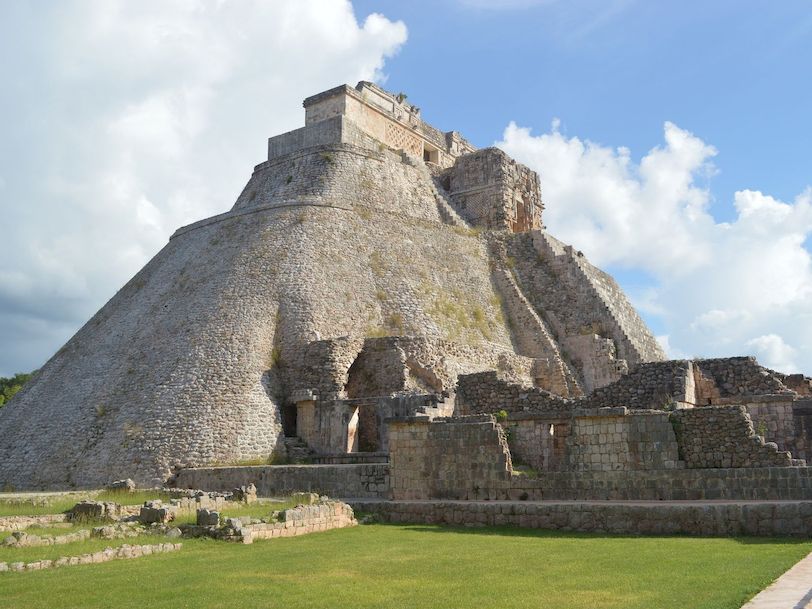
Founded by the Mayans, Bacalar is a magical town very close to Chetumal, the capital of the state of Quintana Roo, and also a beautiful lagoon of seven shades of blue that offers the ideal space for diving, swimming and snorkeling. It is also the gateway to the underwater caverns of the Cenote Azul and to interesting Mayan archaeological sites covered by the jungle, such as Chacchoben.
Orizaba
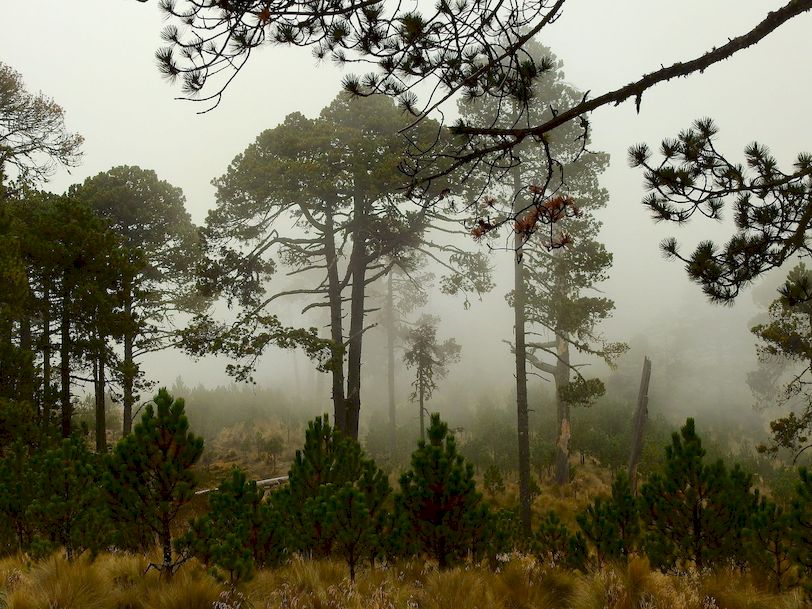
The spectacular and snow-capped by the spectacular Pico de Orizaba watches over this magical town nestled in the mountains of central Veracruz, whose name means “the place of happy waters.” It was an important viceroyalty city, the most cultured in the country and which holds a rich architectural heritage, with colonial buildings and the Palacio de Hierro, designed by Gustave Eiffel, the only art nouveau castle made of metal in the world.
Valle de Bravo
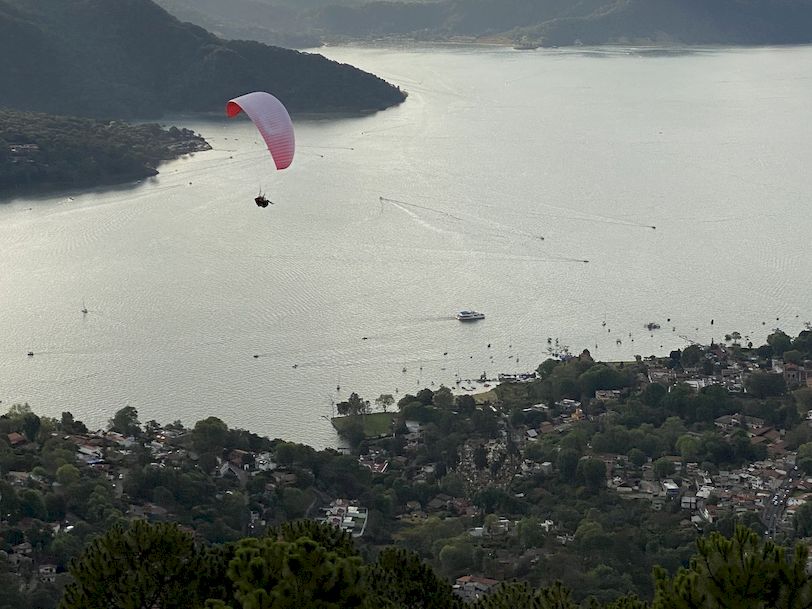
As soon as you set foot in this municipality near Mexico City, you are surprised by its cobbled streets, its traditional adobe houses with red tiles, its craft shops, street stalls and the doors or entrances of the premises with their names engraved on wood. To awaken the more adventurous side, nothing like paragliding or enjoy water sports at the Miguel Alemán dam.
San Cristóbal de las Casas
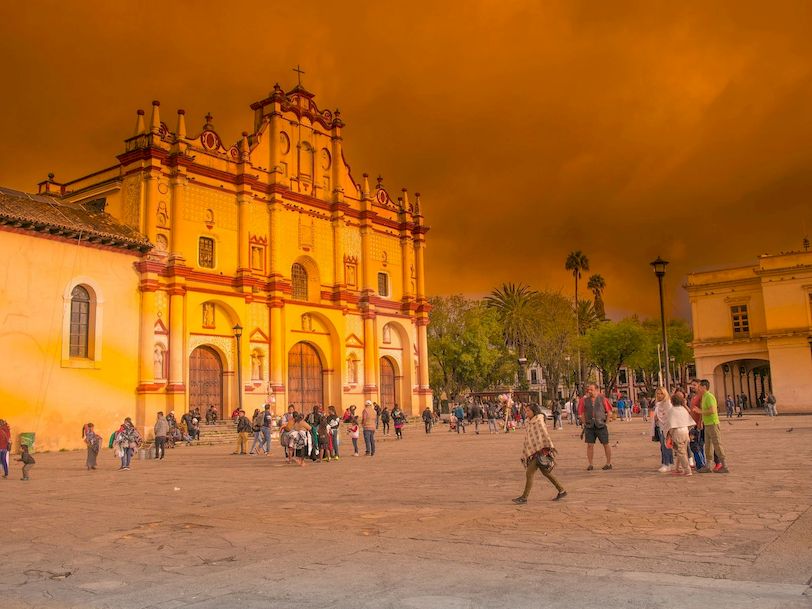
Surrounded by mountains, this bustling municipality in the state of Chiapas is a beautiful display of cultural richness. Any walk should visit the Andador Eclesiástico and the Andador Real de Guadalupe, its two main pedestrian thoroughfares, and visit the monuments and museums that open their doors between the temple of Santo Domingo de Guzmán and that of Carmen.
Bernal
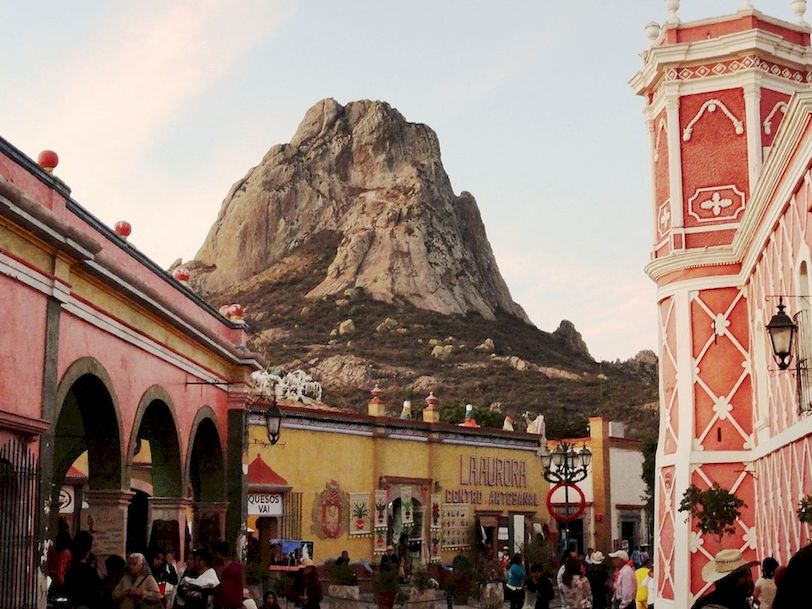
Wherever you walk, La Peña is always present in this magical Mexican town in the state of Querétaro, which is how its monolith is known, the third largest in the world after the Rock of Gibraltar and the Sugar Loaf in Brazil. The most daring dare to climb it, although you don’t have to be an athlete to enter its caves. They say it gives vitality to those who live near it. Among the mansions built in the 17th century, its main places of interest stand out: the viceregal castle and the Animitas and Santa Cruz chapels.
Huasca de Ocampo
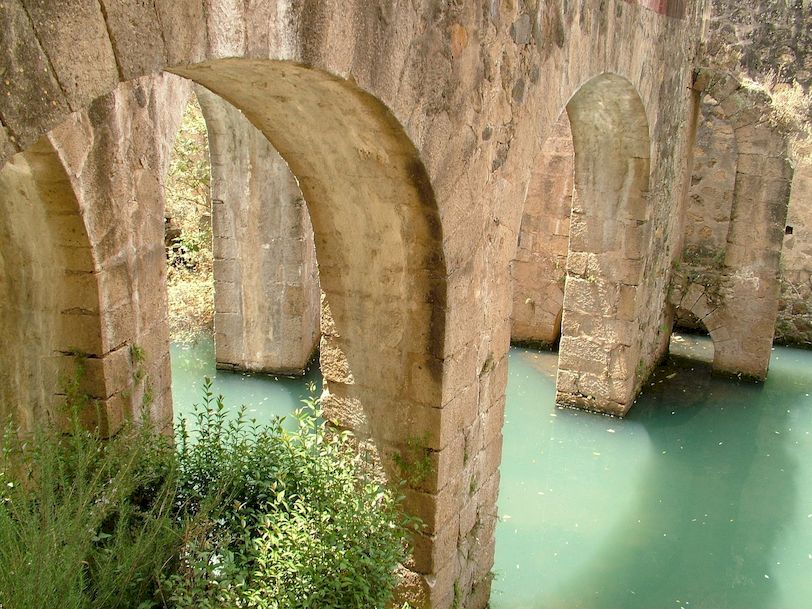
A magnificent mountain landscape surrounds this magical town in the state of Hidalgo where the good old days still resonate, when Pedro Romero de Terreros, Count of Regla, built several beneficial haciendas that made him the richest man of his time. From that remains today the ruins that tell of the hard work of yesteryear, now scenes with forests and ravines, where basalt prisms, waterfalls, dams and goblins claim the attention of visitors.
Izamal
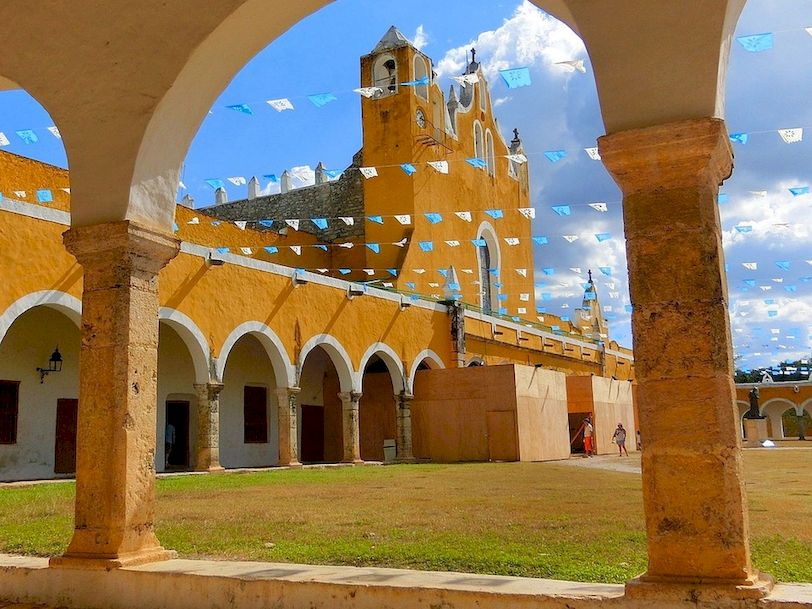
65 kilometers from Mérida is Izamal, known as the city of hills for its important archaeological remains, among which 5 Mayan pyramids stand out. This city in ocher and white tones has a lively life that invites you to explore its streets on foot, by bicycle or in a carriage. It is obligatory to visit the convent of San Antonio de Padua –which has the largest closed atrium in America– and the Cultural and Craft Center, in addition to its pyramids.
Tequila
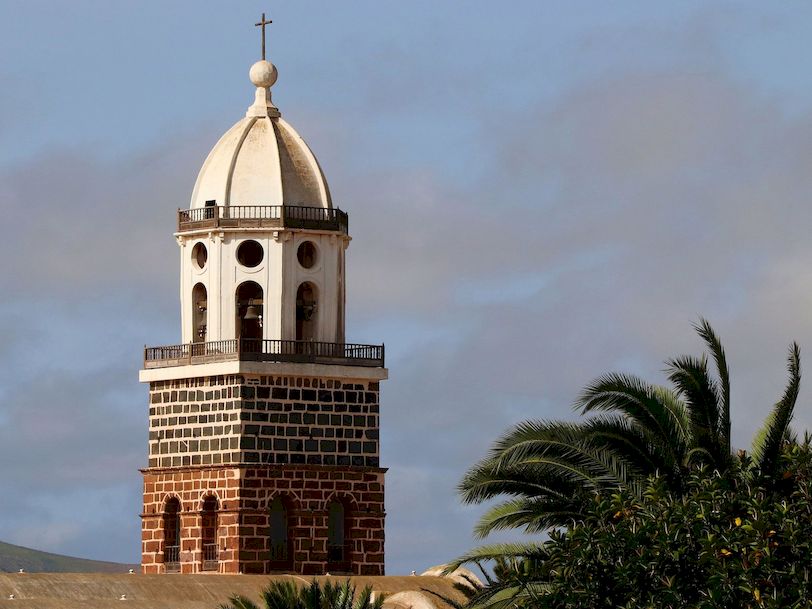
The town that gives its name to the distinctive drink of Mexico rises on the slopes of the Tequila volcano and the Rio Grande canyon, among landscapes of agave crops -on the Unesco list-, old haciendas and distilleries where the famous drink. Chichimecas, Otomi, Toltecs and Nahuatlacas already tasted the games of the blue plant before the Spanish arrived in 1530. The first distillery was established in 1600, but it would not be until the end of the 18th century when it emerged as an industry. Tequila also jealously guards some of its oldest traditions, such as the typical blessing at nine o’clock at night. And there are places like the Los Azules waterfall, hidden among coffee, mango and banana plantations.
Pátzcuaro
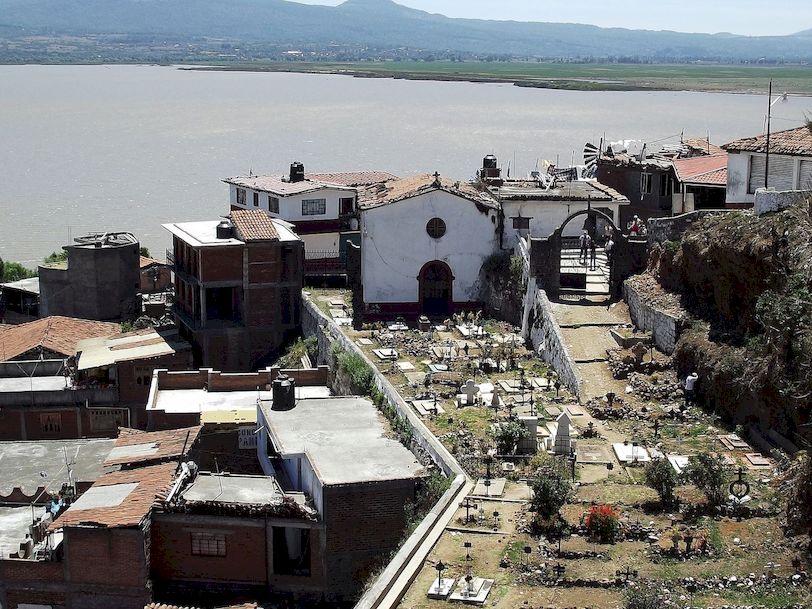
Purépecha traditions coexist with modern life in this magical town in the state of Michoacán founded by Vasco de Quiroga from Avila to be the political and religious center of the region. He erected the Basilica of Our Lady of Health and founded the first university in Mexico, the Colegio de San Nicolás, today the Museum of Popular Arts and Industries. And the main square of Patzcuaro, one of the most beautiful in the country, is dedicated to him. The traditional architecture of its historic center –with adobe and tile houses, cobblestone streets and Baroque and neoclassical churches–, its lake and the flavor of its traditional dishes sum up its essence.
Tepoztlán
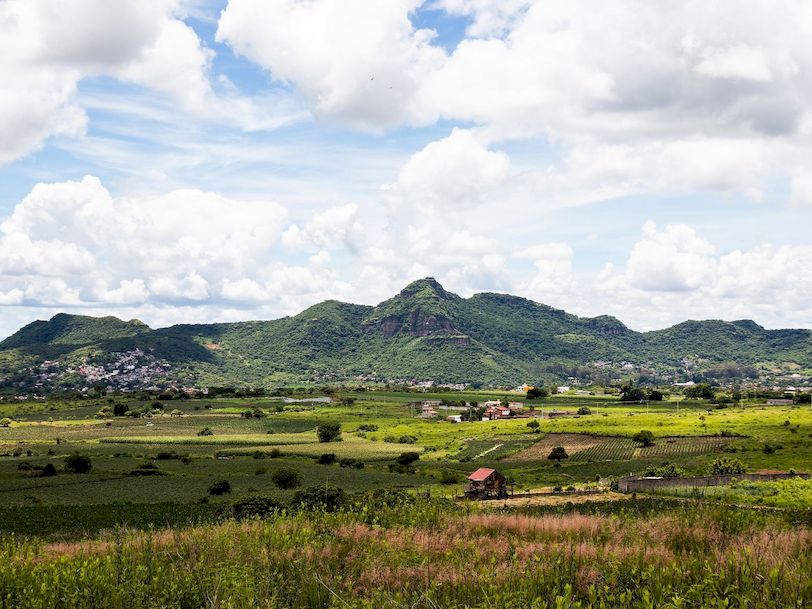
Under the shelter of the Tepozteco hill and with a history that attracts for its mystique and energy, the first visit to this magical town in the state of Morelos cannot be other than the archaeological ruins located on top of it. In this place of worship since pre-Hispanic times, the image of Ometochtli Tepoztécatl, the minor god of pulque, also associated with the moon and plant fertility, was venerated, and purification ceremonies are still performed today.